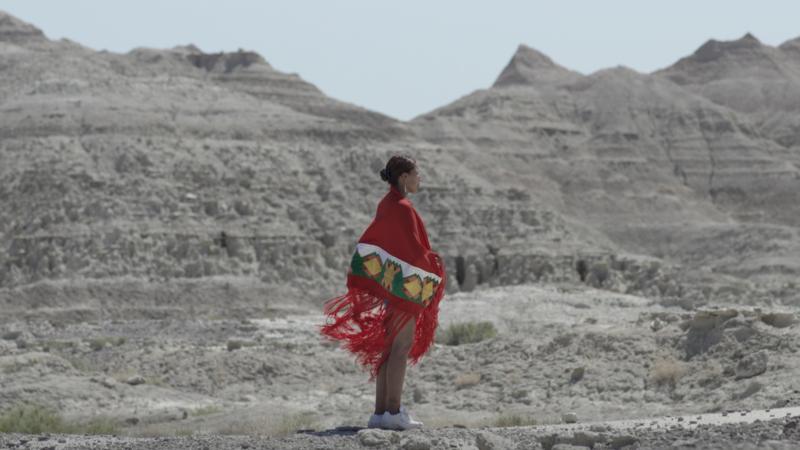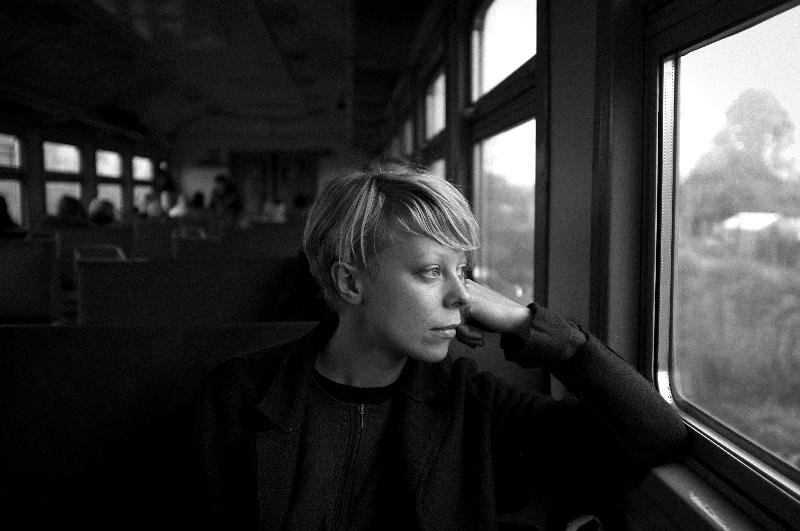What's it like to be a young person on the Pine Ridge Reservation, South Dakota, the poorest county in the USA?
My basis for making a film in Pine Ridge is both political and existential. I'm not all that different that way from a reporter writing an article about people living in America today.
Unlike a journalist, who generally has to stick to the factual and the historical, my intention as a documentarian is to present a series of filmic descriptions of what it means to be human.
I trust what individual people tell me more than all the statistical studies in the world. I don't do interviews – I listen, while I work creatively to find a scene that fits what I'm being told and what I want to tell others.
I ask myself: What is significant here, to these specific people? What are they going to tell me? What are their dreams? What do things look like? What are their circumstances and what do they think – about themselves and about me, too?
Like a poet, I'm interested in the language of cinema, the phonetics of cinema and its grammar, in the living image as a singular opportunity for unique descriptions.
My attention is directed at faces, hands, relations between people, smiles, touches, nature. At the editing table it's about getting back to the rhythm I experienced of life in Pine Ridge – a lack of structure on the part of society, young people in a kind of static chaos within the confines of a reservation, in the middle of America.
My visual method shows life as it is, in a natural light, with movements at some distance but with strong feelings and details.
From the first time I meet people, I listen to the sound of their voices. The words they use, the body language they speak. How do I combine the landscapes and the interiors in my characters' lives to show their inner emotions and create a space where life and time shine through? Like a writer tells a story in words, I tell a story in the image of a face and create rhythm through body language and movements.
Life is a collection of interrelating moments, and we can't always understand or situate these moments in coherent narrative arcs. But if we insist that such moments mean everything – that even the smallest details have the greatest significance – we can gain a deeper understanding of our own and each other's lives.
Because our culture today is so influenced by American culture, I was interested in investigating parts of America that we aren't generally confronted with but that nonetheless carry the American story.
I want my film to convey the experience I had when I met these people and places – to make you think and perhaps provide an alternative perspective on the United States outside the familiar settings of New York and California.
I'm aiming for something that appeals to our emotions and triggers our empathy. I'm aiming for an honest portrayal that stays with us. Cinema, like the other arts, as I see it, is about making us smarter about life. Films let us share the lonely feeling of being human among other humans. In that sense, there is no difference between documentary and fiction. Any creative work must be based on a truth from the sender, whether the sender is a writer, journalist or filmmaker.
"Pine Ridge" is produced by Katja Adomeit and financed by Adomeit Film. The film will enjoy its world premiere at the Venice Film Festival.


